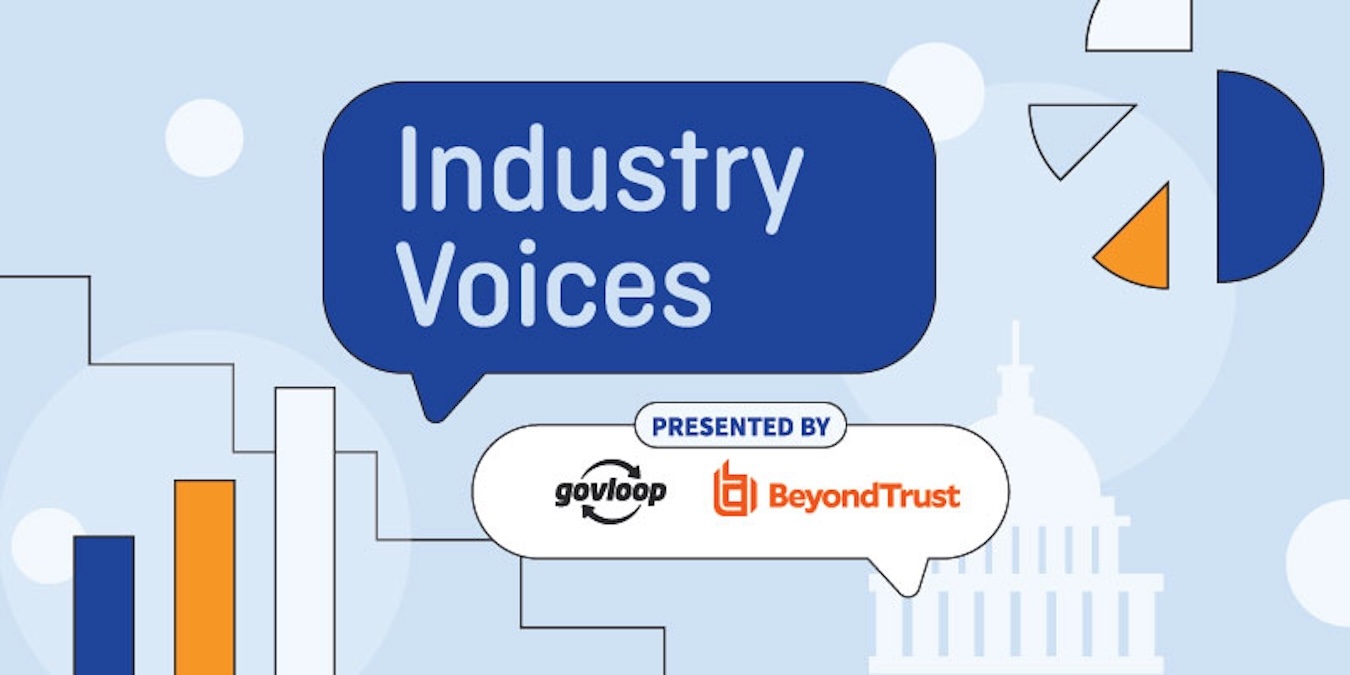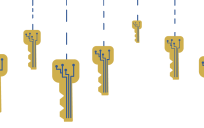In the landscape of cybersecurity risk, protection capability — identity security — stands out. Ninety percent of agencies have suffered an identity-related breach, due largely to the fact that agencies don’t understand their paths to privilege, or ways threat actors can exploit their identity attack surface. Traditional cybersecurity detection tools are unable to illuminate those paths most likely targeted by threat actors.
An identity-centric approach helps agencies secure the paths to privilege that threat actors try to exploit. It allows agencies to remedy misconfigurations in their identity infrastructure, protect exposed passwords, remove excessive privileges and other problems that leave their identity resources vulnerable. And a modern privileged access management (PAM) solution provides holistic visibility into an agency’s identity hygiene and blind spots, simplifies governance and provides intelligent protection to be resilient against identity-related attacks.
“More and more organizations [are] moving to cloud and using software as a service [SaaS], which means more privileges and entitlements that expand and expose the identity attack surface. Organizations need a modern PAM solution to help identify, shrink and manage the expansion of the identity attack surface,” said Kevin E. Greene, Chief Security Strategist for Public Sector at BeyondTrust.
In this video interview, Greene discusses how privileged access management can keep malicious actors at bay. Topics include:
- The components of modern identity security
- How to implement effective privileged access management
- Cybersecurity prospects under the new administration





Leave a Reply
You must be logged in to post a comment.